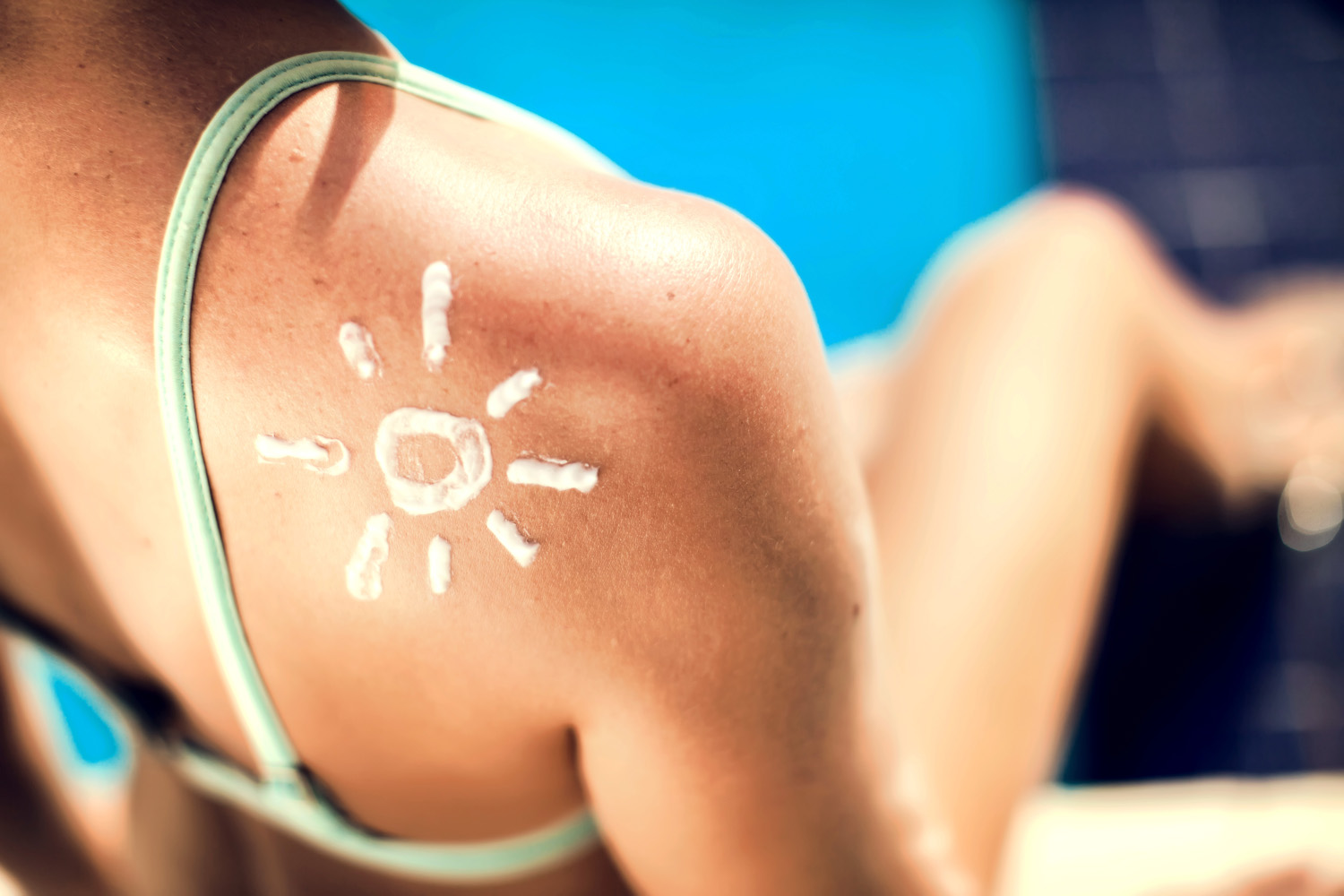
Bright Done Right
By Christi Blevins
Summer weather in Texas isn’t for wimps! There are days when it feels like your skin will melt off your body. While there don’t appear to be any documented cases of that actually happening, summer is a good time to talk about separating fact from fiction when it comes to protecting your skin from the sun’s harmful rays.
Myth: “All sunscreens do the same thing.”
Fact: Choose a sunscreen with “broad spectrum” protection. This means that it protects from UVA rays, as well as UVB rays. UVB rays cause sunburns, while UVA rays can lead to premature aging and skin cancer. Look for a sun protection factor SPF of 30 or higher.
Myth: “Only children need sunscreen.”
Fact: Everyone over the age of six months should be wearing sunscreen on a daily basis. Babies younger than six months should be kept covered and protected from the sun.
Myth: “I don’t need sunscreen if I’m only going to be outside for a little while.”
Fact: Sun damage can happen in as little as 15 minutes.
Myth: “I have a darker skin tone, so I don’t need to bother with sunscreen.”
Fact: Dark-skinned people don’t get sunburned as quickly as fair-skinned people. That doesn’t mean that they don’t get burned. Dark-skinned people are still susceptible to wrinkling, sun spots, and even skin cancer.

Myth: “I can’t get sun damage riding in a car.”
Fact: While you won’t get a sunburn through a car window, you can still get sun damage. The tempered glass blocks out the UVB rays, which cause sunburns. However, the rear and side windows don’t block out dangerous UVA rays, which can cause premature aging and skin cancer.
Myth: “If I use a sunscreen with a higher SPF, I don’t need to reapply it as often.”
Fact: At a minimum, sunscreen should be reapplied every two hours. When swimming or exercising, it should be reapplied every hour.
Myth: “It doesn’t matter if my bottle of sunscreen is expired.”
Fact: Exposure to heat and moisture can cause sunscreen to lose effectiveness. For maximum benefit, pay attention to expiration dates.
Myth: “I can’t get a sunburn underwater.”
Fact: While water does block out some of the UVB rays, you need to be several yards underwater to have adequate sun protection. Unless you are scuba diving, slather on some sunscreen 20 to 30 minutes before a swim.
Myth: “I don’t need sunscreen on a cloudy day.”
Fact: Clouds still allow some of the sun’s rays to find their way to you. Grey clouds allow about 35 percent of UVA and UVB rays through them. White clouds allow up to 90 percent of the rays to shine through.










